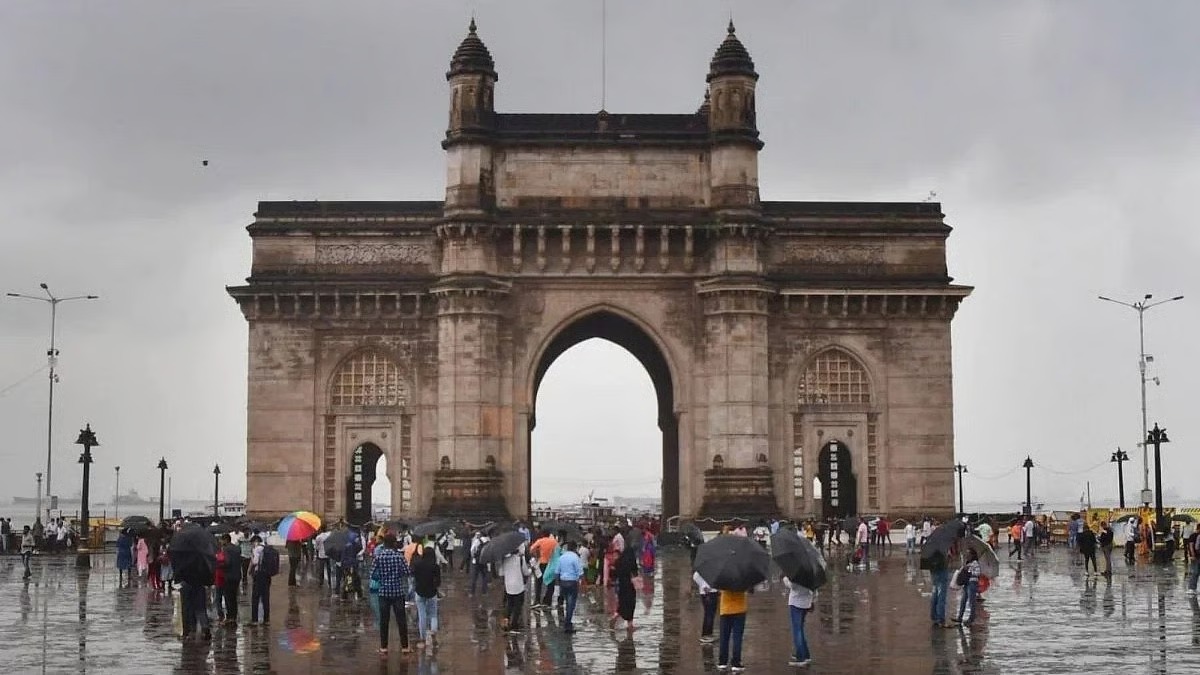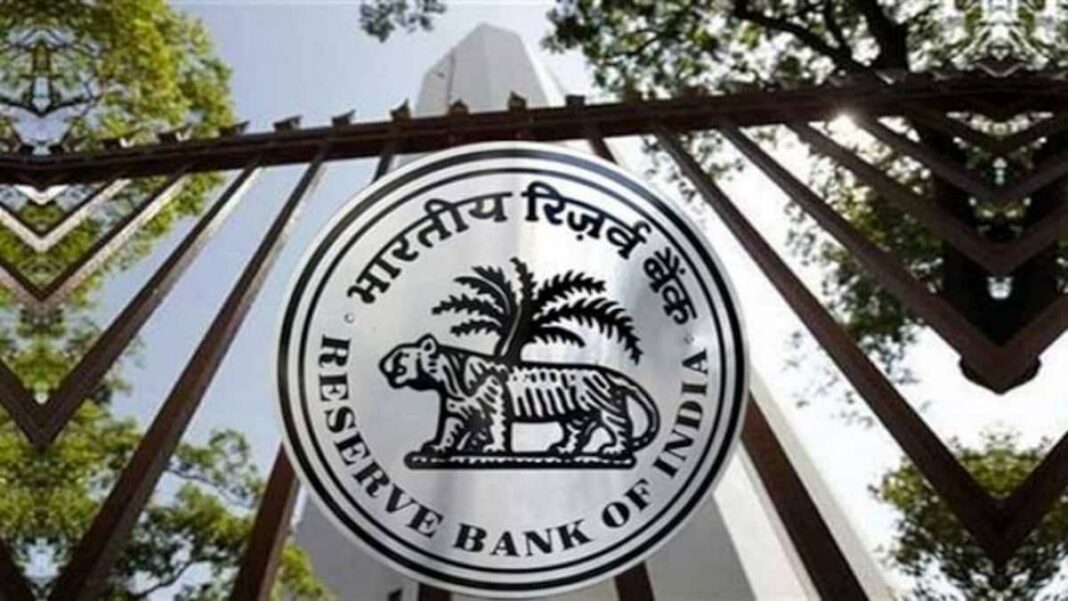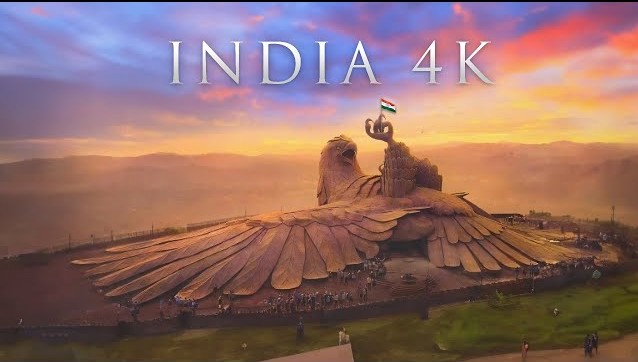
Follow WOWNEWS 24x7 on:

Mumbai’s monsoon season in August 2025 is proving unpredictable, with the city oscillating between spells of rain, muggy lulls, and brief sunshine. As this latest weather phase tests commuters, authorities, and businesses alike, here’s an in-depth look at the day’s developments and the larger seasonal trends influencing India’s most weather-watched metro.
Key Highlights: A Mix of Patchy Rain and Steamy Calm
On August 6, Mumbai woke to muggy air and misty conditions, with temperatures ranging between 28°C and 32°C. Humidity hovered near 81%, making it feel noticeably warmer and sticky for early risers and office-goers.
The day’s official forecast showed a low probability of significant rain—just 0.4 mm recorded in 24 hours—yet patchy showers are expected to pop up intermittently through the day, especially in the evening and overnight window.
Despite the drizzle lull, Mumbai’s classic monsoon feature remains high: fluctuating cloud cover, unpredictable downpours in pockets, and waterlogging risks wherever clouds burst with little warning.
Monsoon Mood Swings: From Early Onset to August Uncertainty
The 2025 Southwest Monsoon arrived in Mumbai a record 16 days early—on May 26 instead of the typical June 11—unleashing intense rain and flooding that broke a century-old record in June.
Fast forward to August and the tempo has softened: According to the India Meteorological Department (IMD), Maharashtra, including Mumbai, is set for below-normal rainfall through August, with only isolated wet spells forecast to break up longer dry stretches.
Overall, Mumbai averages about 621 mm of rain each August, but so far, citywide totals are trending below this benchmark, leaving reservoirs replenished but not overflowing, and planners eyeing every update with anticipation.
Impact on City Life and Commuting
These mixed monsoon rhythms mean Mumbai’s notorious traffic, suburban rail, and bus networks continue to face unpredictability. Commuters are greeted with dry roads in the morning, only to face sudden showers and waterlogged low-lying lanes by lunch or evening.
Local authorities have kept pumping stations and emergency repair teams on alert, given the risk of waterlogging if rainfall intensifies even briefly.
Residents and businesses have been urged to monitor real-time advisories and to keep rain gear handy—umbrellas, raincoats, and all-weather footwear remain non-negotiable accessories.
Humidity and Heat: The Hidden Challenge
With rain holding off, atmospheric moisture soars: average humidity has persisted between 78% and 85%, amplifying discomfort for everyone out and about.
Heat index levels (how hot it actually feels) can be 4–6°C higher than thermometers suggest. Health experts advise proper hydration and light clothing, especially for children and the elderly.
At night, temperatures show little relief, hovering in the upper 20s Celsius, with windows closed against mosquitoes and air thick with moisture.
Looking Ahead: What’s Next for Mumbai’s Monsoon?
The IMD projects current trends may continue for much of August: Mostly overcast to partly cloudy skies, sporadic light to moderate showers, punctuated by days of dryness.
Forecasters say the slack could be temporary—September is expected to bring a “rebound” in rainfall, possibly leading to heavier-than-normal showers in the city and surrounding Konkan coast.
For now, the mood remains watchful: Mumbaikars know that the monsoon’s “calm” can vanish in hours, and the city may still see classic flooding moments before the season recedes.
Prepare and Persist
It’s a monsoon season that keeps everyone guessing, demanding resilience, preparation, and flexibility from all quarters—residents, travelers, businesses, and civic authorities. Mumbai’s spell of moody monsoon will probably continue to test patience, provoke debate, and, as always, inspire stories about life in India’s rain-soaked capital of dreams.
Sources: Times of India, India Meteorological Department, Mumbai Rainfall Tropmet, AccuWeather, Hindustan Times, Economic Times, Weather25.com




